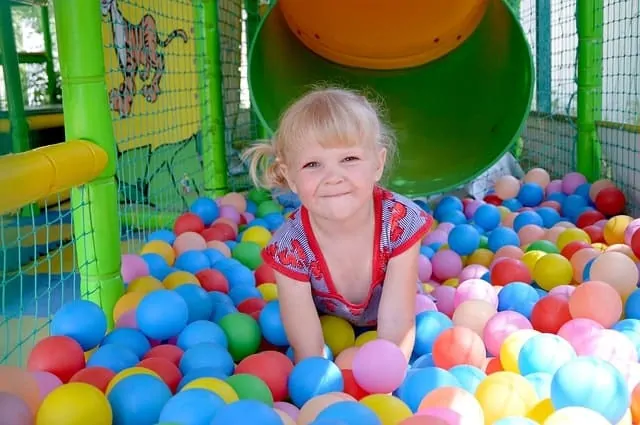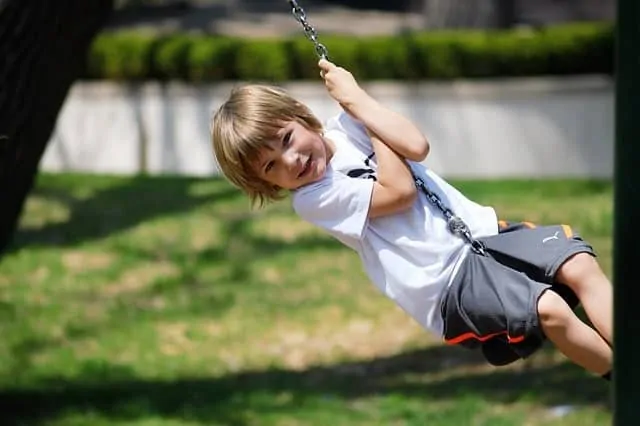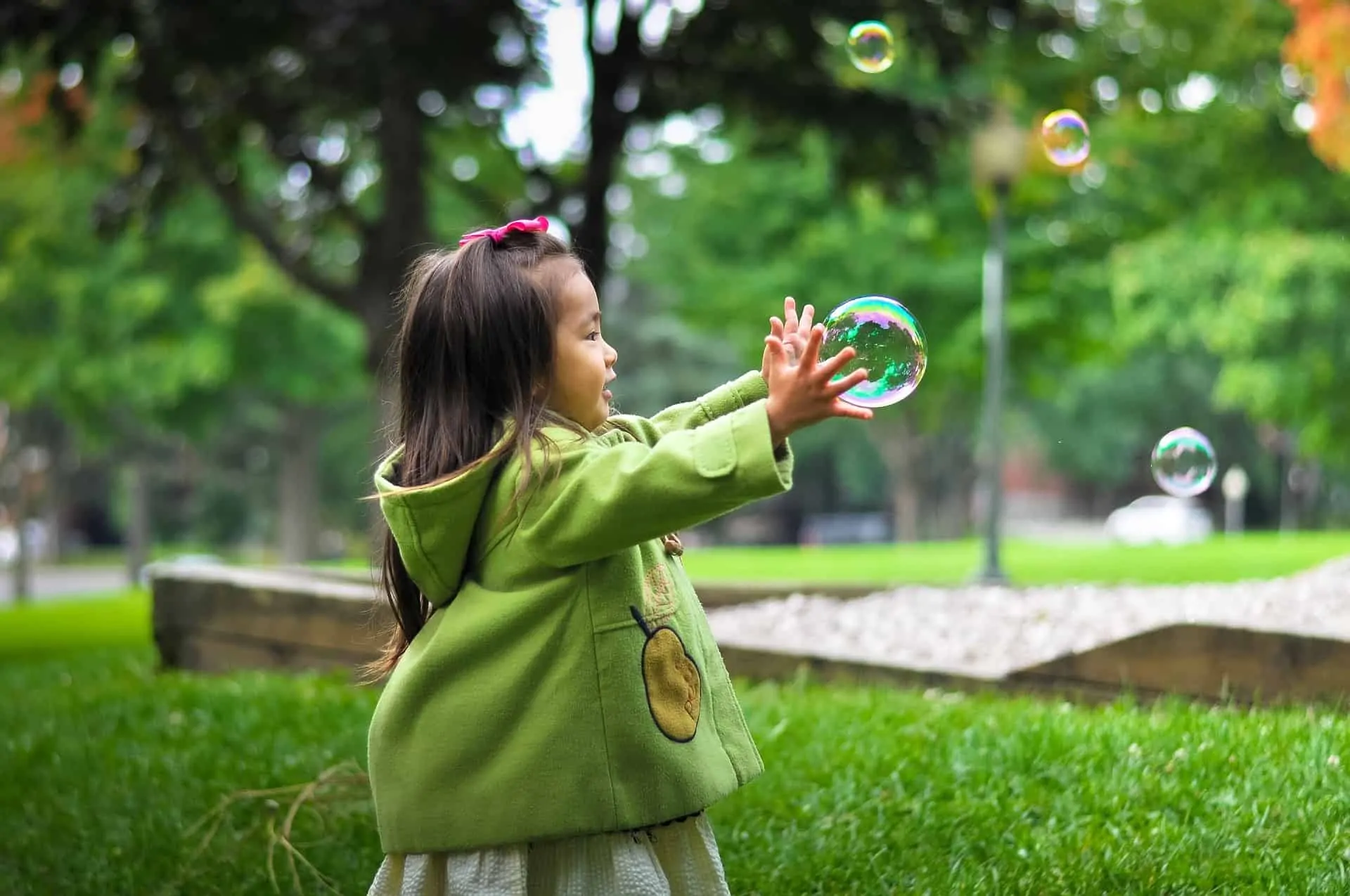What is Sensory Integration?
All the information we receive about the world comes to us through our senses. Sensory integration is the process in the brain that allows us to take in information from our body and environment through our senses, organizing all the various stimuli, and effectively using all this information to plan and execute appropriate responses.
We receive this information from the sensations of sight, hearing, touch, smell, taste, as well as our secret senses, movement, and balance-vestibular sense, and joints and muscles called proprioception. Normal sensory functioning allows us to experience and respond to situations in a meaningful way. It occurs automatically in most children and adults. It happens unconsciously or with little attention or effort.
When our brain organizes all the countless bits of information that enter our mind appropriately, we can respond and interact well within our environment. We feel protected, we enjoy our surroundings, and we have the inner drive and motivation to participate in daily tasks. Sensory integration is the underlying foundation for academic learning and appropriate social behavior.

Five Senses and Beyond
- Vision: Visual processing refers to the brain’s ability to interpret visual information from the world around us. Interpreting stimuli through the eyes, including peripheral vision and acuity, awareness of color and pattern
- Hearing: Auditory processing refers to the brain’s ability to interpret auditory information from the world around us. Interpreting and localizing sounds and discriminating background noises.
- Gustatory: Taste processing refers to interpreting food tastes for our enjoyment.
- Touch: Tactile processing refers to the brain’s ability to interpret touch sensations. Interpreting light touch, pressure, temperature, pain, and vibration through skin contact.
- Smell: Olfactory processing refers to the brain’s ability to interpret odors.
- Proprioception: Proprioception refers to the brain’s ability to interpret body position sense and control for force and pressure. Interpreting stimuli originating in the muscles, joints, and other internal tissues to give information about one body part in relation to another.
- Vestibular: Vestibular processing refers to the brain’s ability to interpret balance and motion. Interpreting stimuli from the inner ear receptors regarding head position and movement.
Sensations nourish the brain. “You know that food nourishes your body, but it must be digested to do so. You can think of sensations as food for the brain; they provide the knowledge needed to direct the body and mind. But without well-organized sensory processes, sensations cannot be digested and nourish the brain.” (Ayers)
Our children are programmed to enjoy experiences that advance the development, and they naturally seek experiences that nourish their brains. It is why our children enjoy being rocked and hugged, this is why they like running, jumping, climbing, swinging, sliding, exploring playground equipment, playing and building with sand, clay, and paint. All these sensations nourish the young brain, and it is fun to explore, partake, and develop sensory integration.
“Children are designed to enjoy activities that challenge them to experience new sensations and develop new motor functions.” (Ayers)

Sensory integration is when all our senses are organized and work well together to have meaningful encounters with the world around us. It plays an essential role in child development. Sensations have a powerful impact on a young child and provide meaning to experiences. All children must boost sensory integration by interacting with many things in the world.
Children that are happy, well-coordinated, and enjoy ever-challenging childhood tasks are the children that organize their sensations effectively; therefore, they have uniquely well developed sensory integration. Their brain produces valuable body responses and valid perceptions, emotions, and thoughts.
“Sensory integration sorts, orders, and eventually puts all sensory input together into a whole-brain function.” (Ayers)
Some children might misinterpret integrating sensations. Simple activities might be challenging, learning might be difficult, and some events might trigger undesired behaviors.
Without well functioning sensory integration, challenges in learning, development, or behavior may be evident. “Reading, writing, and arithmetic…are extremely complex processes that can develop only upon a strong foundation of sensory integration.” (Ayers)

Creating playful and sensory-rich environments and activities will foster healthy growth. Children develop skills through play, and a mix of complex experiences will help them develop enhanced abilities to face challenges in life.
As a parent, when you become aware of the process of sensory integration in your child, you will be better equipped to notice a potential thread or help your child overcome challenges, which will lead to a more regulated child and happier family.
If you enjoyed this blog post, please share it with a friend!
References
Ayers, A.J., (2005). Sensory Integration and the Child, Understanding Hidden Challenges. Western Psychological Services.
The Pyramid of Learning. Taylor and Trott, 1991, cited in and reprinted from How does your engine run? (p. 4) by M.S. Williams & S. Shellenberger 1994, Albuquerque NM USA: Therapy Works. Copyright 1991 by Taylor and Trott. Permission granted for reprinting for educational purposes.


0 Comments